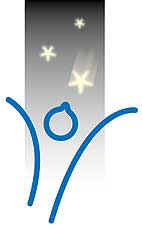
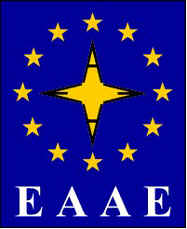
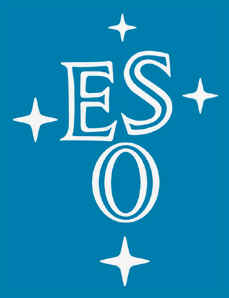
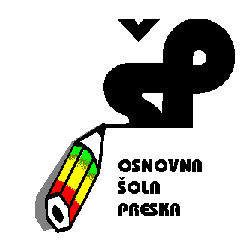 Primary school Preska, Medvode, Slovenija
Primary school Preska, Medvode, Slovenija
Andrej Miklavcic, Alen Jambrošic in Miha Osredkar,
mentor,
Venus transit 2004
1.
Summary
In this
seminary paper we have presented an interesting astronomical event, which
occurred on
We
presented our group work on a model that introduced this event to students of
our school.
We are also
writing about how we made a projector for the Sun and instruments that we
needed for the observation.
We also
wrote same results of our measurements.
5. Venus transit (Event theory)
6.2.__ What is the universal time?
6.3.__ Exactly measuring or time
7.2.__ Display of phenomenon to students
8. Passage of Venus over Sun’s plane
8.1.__ Observation with telescope
8.2.__ Observation with projector for Sun
8.2.2._ How does projector for sun work
2.
About
us
There are
three thirteen year old boys in our group: Andrej Miklavcic, Alen Jambrošic and Miha Osredkar, and the mentor, the Physics teacher, Tatjana Gulic.
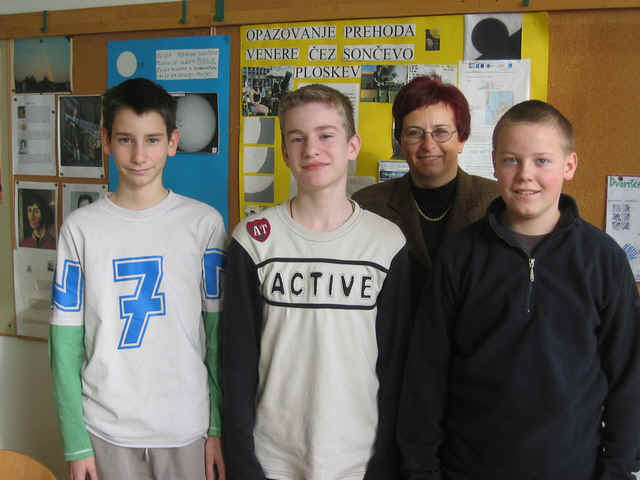
Picture 01: Our group
Medvode
is a town between
Every year
the pupils take part in different competitions in the knowledge of mathematics,
physics, chemistry, biology and Slovene, German and English languages. They are
also successful in sports activities, such as badminton, basketball,
volleyball, football and athletics.
School has
two sub-branches, in villages of Topol and in Sora .
Headmaster
of our school is Mr Primož Jurman, B.A.
We can
participate in extra-curriculum subjects. Last year so we took classes in Astronomy.
We were observing the Moon, the Sun and other planets on their ways around the
Sun. One of our tasks was also to prepare the observation of an exceptional
astronomical event: a transit Venus across the face of the Sun.
We prepared
the observation of this event on our school playground. We presented the event
to all students of our school and to other people, interested in this event.
We also
joined the international net VT-2004 Observing Campaign, lead by ESO.
3.
Our
position
|
State: |
|
|
Town: |
Medvode |
|
Longitude: |
14.41117 0 E |
|
Latitude: |
46.1324 0 N |

Picture 02:
Where we are
The
Observation took place during two magnificent sunny days on school playground.
Geographical
position of our observation place was determined with the help of the Havens
Above web site.
4.
About
Venus
Venus is an
inner planet, second closest to the sun in our solar system.
Entire
surface of Venus is covered with clouds – coat of atmosphere. They are
absorbing sun’s warmth, that is why Venus is the hottest planet in the
solar system. This phenomenon is also known to us. On Earth, we call it the
greenhouse effect. Surface temperature on Venus is around
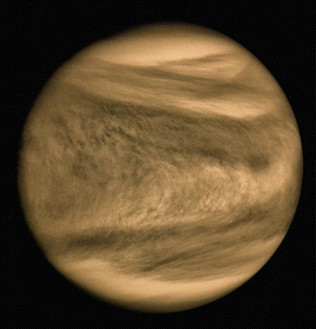
Picture 03: Venus
The interesting
thing is, that Venus’ rotation is from east towards west, the opposite
direction of the Earth’s rotation.
Revolution
period is 224,70 days, Earth’s is 365,25 days. Venus’ distance from
Earth is swinging from 43 million to 275 millions kilometres.
5.
Venus
transit (the theoretical part)
To virtual
passage of Venus over the Sun’s disk occurs, when Venus travels between
the Sun and the Earth. If the orbit of Earth and Venus lies on the same plain,
Venus is in the same line as the Sun with the Earth almost every 584 days.
Viewed from the position of the Earth’s orbit, Venus’s orbit is
inclined for 30244. That is why the passage of Venus over the Sun’s disk
happens so rarely.
Transit can
occur only in lower conjunction, when Venus is in the same side as Earth,
regarding from the Sun. That is the time, when Venus is in a new moon phase for
an observer on the Earth. The observers want to determine four moments of the
transit. The transit starts with the first contact: the moment, when
Venus’s disk touches the outside edge of the Sun’s disk. This
moment is difficult to determine, we were unable to determine it. Second
contact comes after approximately 20 minutes. It is the moment, when the Venus
disk leaves the edge of the Sun. For approximately four hours and a half,
Venus’s disk slowly moves over the Sun’s disk. The third contact is
moment when Venus touches the opposite side of the Sun’s disk and the
fourth, around 20 minutes later, when Venus’s disk leaves the Sun’s
disk.
The Maximum
of transit is the moment when Venus disk is the nearest to centre of the Sun
(minimum angle distance).
6.
Time
6.1.
Measuring
of time
Every
regularly repeating phenomenon can be used for time measuring. Nature has given
our ancestors a few events, on which we based are unit for time. Exchange of
day and night at rotation of Earth around the axe, serves the determination of
one day. A Solar day lasts approximately four minutes longer than one rotation
with respect to the stars.
One
revolution of the Moon around the Earth was used for a month, one fourth for
one week. Full moon, first quarter, new moon and last quarter are noticeable
for everybody everywhere and the intervals are seven days and nine hours long.
Months last for 29, 5 days (one day and a half more than four weeks).
One
revolution of the Earth around the Sun is one year.
Life rhythm
in biosphere is balanced also around seasons. It is a consequence of
inclination of Earth’s axe regarding the ecliptic.
6.2.
What
is the universal time?
The Time on
our watches is determined by the rotation of the Earth. It is
Earth is
distributed in 24 time zones and in every time zone local time is for a certain
numbers of hours different from the Greenwich Time. Every time zone includes
150 latitude, because 3600 divided 24 is equal 150. When it is
Because the speed of rotation of Earth is
reducing, duration of a second is determined by the movement of the atoms and
not by rotation of Earth around its axe. We know this time as Co-ordinated
Universal Time, UTC. It is very precise, it disturbs only for one billion of a
second per day. Because UTC isn’t different for more than 0, 9 seconds
from the time defined by the rotation of the Earth, the change of one second per
year is called a “leap-second”. This means, that a day is a second longer than 24 hours.
6.3.
Exact
measuring or time
For
observing the Venus transit we must be up to 10 seconds exact as the appoint
time. We can learn the exact time via telephone. GPRS too can shows us the
universal time.
For the
precise time we used a computer programme that is connected to the internet
alone and takes care for accuracy with our computer watch.
We made one
more check of the time one hour before the observation started.
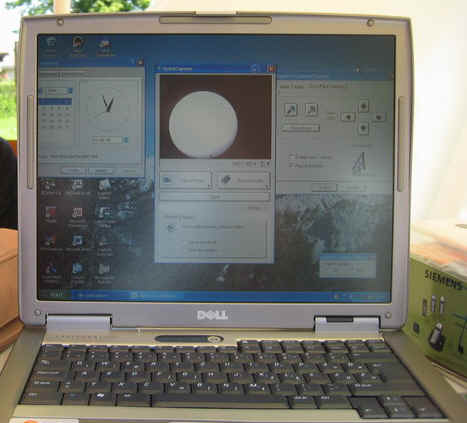
Picture 04:
Computer display
7.
Observation
7.1
Intention
The
intention of our observation of Venus transit was to calculate an astronomical
unit; that is, the distance from Earth to Sun.
We can
calculate it by parallax.
Calculations
with parallax are still difficult for us to make with our knowledge, that is
why the phenomenon was only observed and calculation summarised by ESO, which compared
our recorded times with others and gave us our results.
Our
intention was also to present the popular knowledge of astronomy and with to
make our school friends and others interested in our surrounding.
The local
TV station was also on the spot, recording a programme about the event.
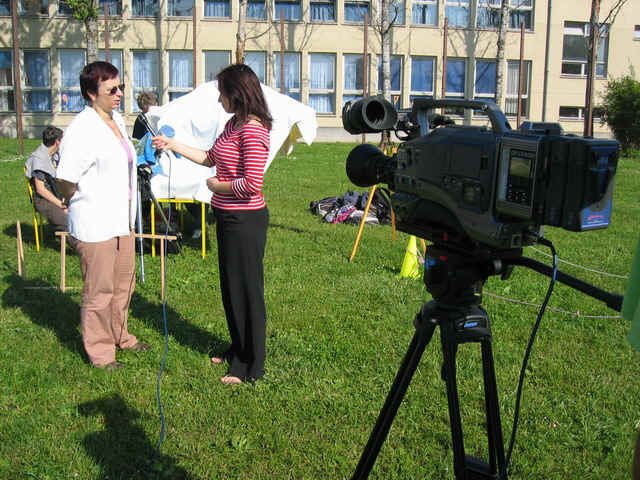
Picture 05:
TV Interview with our teacher
7.1.
Presentation
of phenomenon to students
We showed
our school friends the rotation of the Earth, Venus and the Sun on a model that
we made by ourselves, we each represented one planet
We
introduced the Earth, Venus and the Sun. Orbits were circles, on which we put
the pins. In order to make a better visual presentation to our school friends,
we divided the Venus year into 7 earth months. On Earth’s track we put
12, on Venus’s 7 pins.
Earth and
Venus move with the same speed, so the students who represented those two
planets came from one to other pin in equal time. Student that represented Sun
stood in the middle.
Venus’
orbit is shorter, that is why Venus circles the Sun in shorter time than the
Earth. When Venus, Earth and the Sun were in the same line we stopped then. The
pupils stood before the person who represented Earth, so they observed the
‘event’ from the Earth’s point of view, when Venus covered
the Sun.
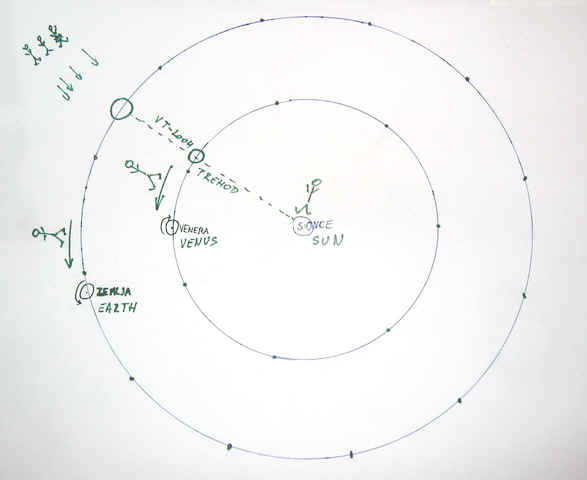
Picture 06:
The presentation to our school friends
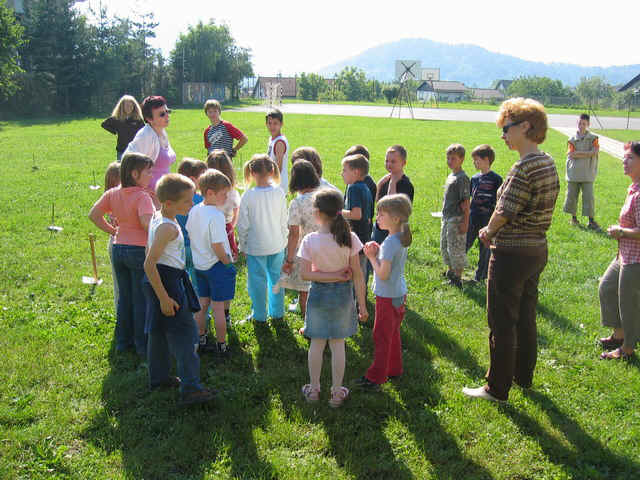
Picture 07:
Pupils observe
8.
Passage
of Venus over Sun’s plane
Observation
started at
8.1.
Observation
with telescope
With a
telescope and a web camera, the phenomenon was observed on the computer screen.
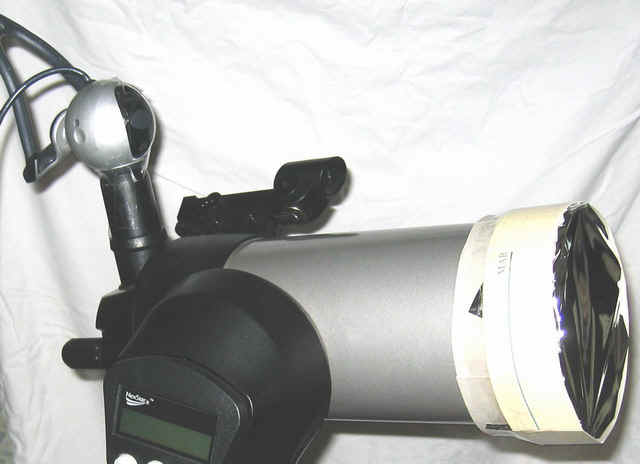
Picture 08: Telescope with web camera
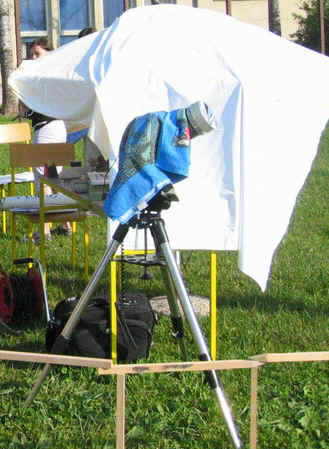
Picture 09:
Telescope with camera, protected against the hot sun
We used
telescope Celestron NexStar4. We used the automatic mode of following. For the
observation we used equatorial setting. On the objective lens of telescope we
installed a foil made of mylar.
We fixed an
eyepiece of telescope on a web camera (Logitech QuickCam
Pro 4000). We installed the proper software for taking pictures and recording
short clips.
We checked
the universal time.
The
approval of equatorial setting of the telescope came with the straight line of
the transit. If the setting would be horizontal, the transit the line of the
transit would be bent.
We proved
the equatorial setting with taken photos. We printed photos on a foil and
cropped them together as the pictures show.
We got a
straight line. The picture, on which Venus is nearest to the Sun centre, was
taken on 10.20 civil time or 8.20 of UTC, as predicted.
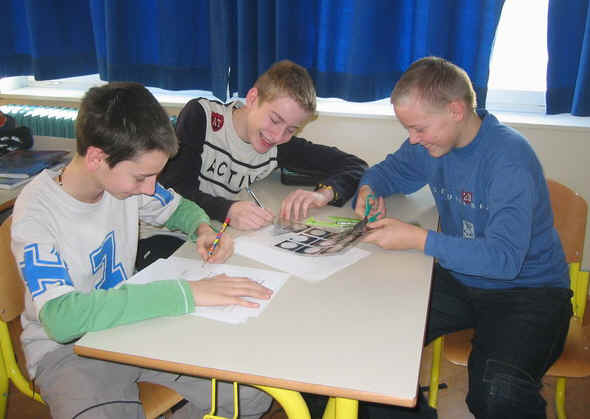
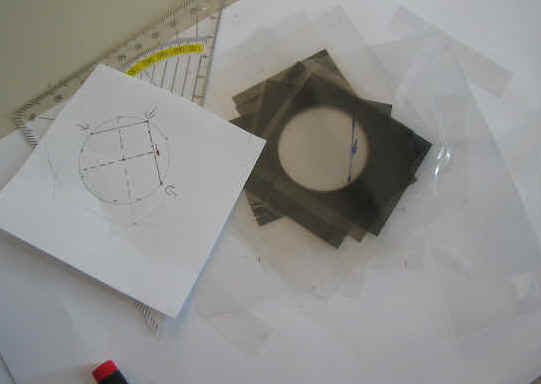
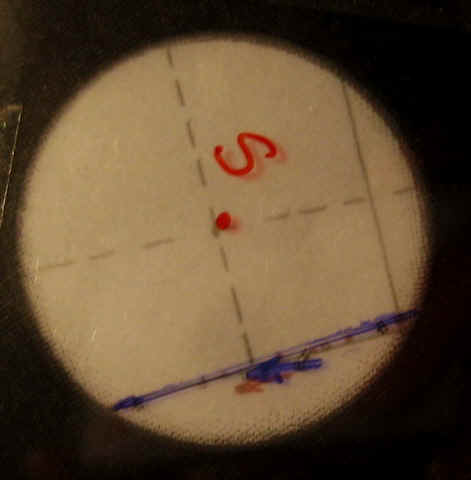
Picture 10.
The work on the photographs
Pictures
that we got on the computer screen were shown to our school friends, so they
could see the event safely.
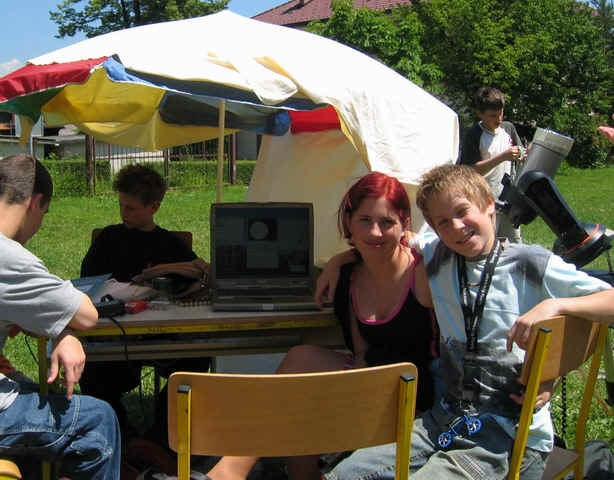
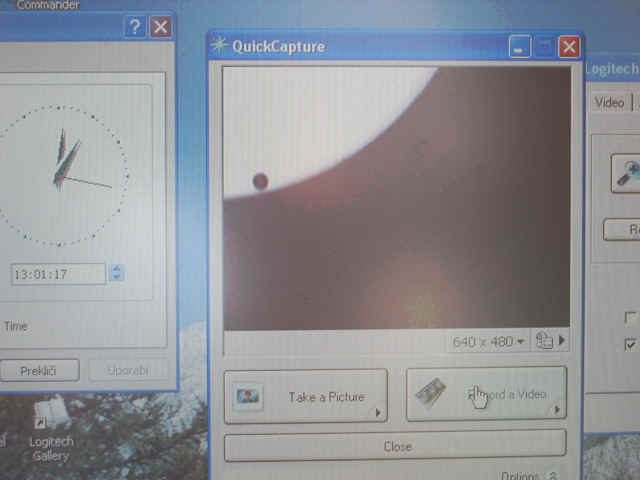
Picture 11:
Observation was also fun
We fund
out, when we compared pictures, that our pictures were turned upside down. That
is because the telescope rotated around its own axe and the web cam rotated
with it and the telescope itself flips the picture.
Some
photographs with web camera:
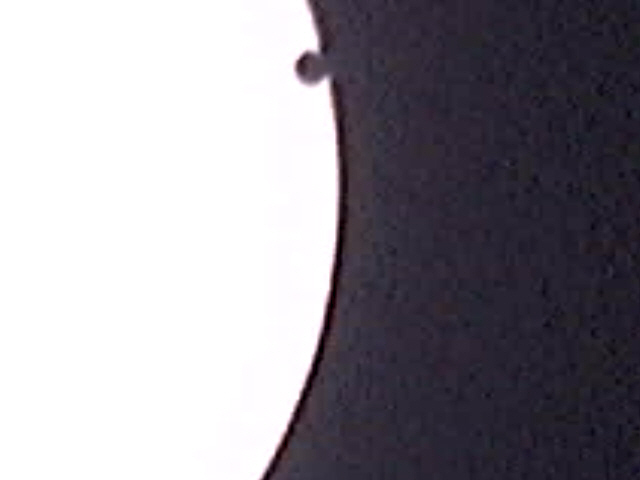
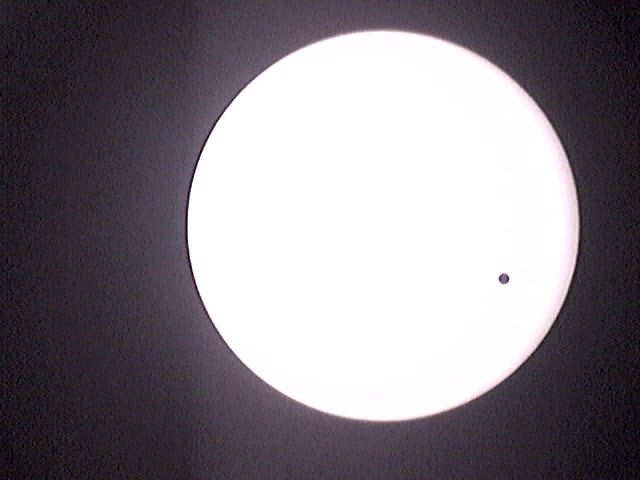
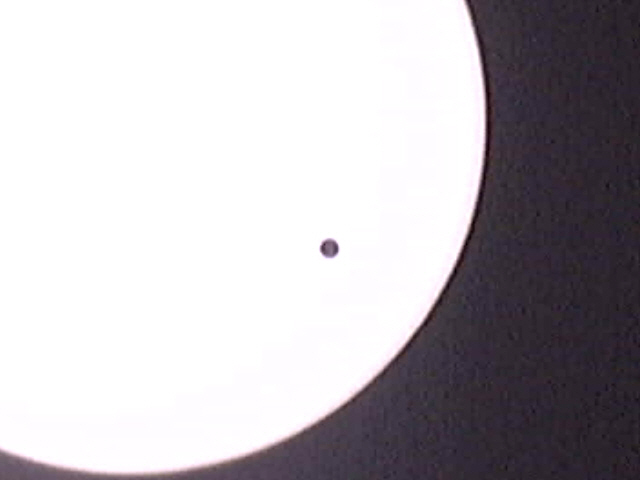
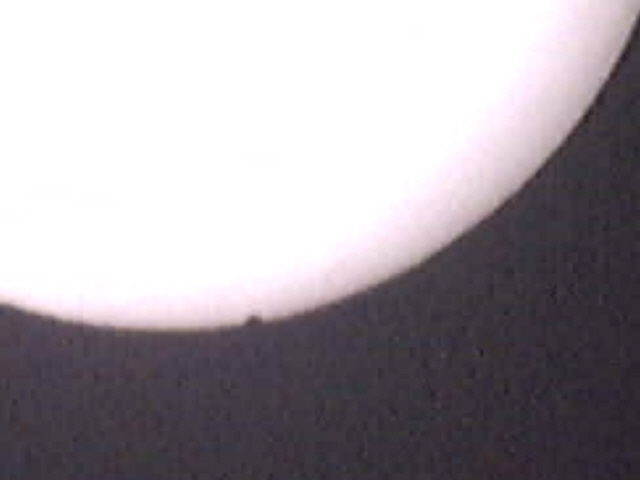
Picture 12:
Some photographs that we took on the day of event
Animation
of pictures:
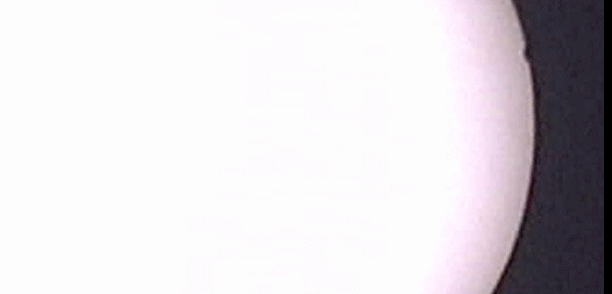
Picture 13:
Animation
From clips
and direct observation on the computer screen, we tried to define those four
already mentioned parts of the transit.
8.2.
Observation
with projector for the Sun
We observed
the phenomenon with a projector for the Sun, which we also made ourselves. With
its help, we projected the picture of the Sun and Venus on awhite
paper in a shade. Every few minutes we marked the sun’s plane with a dark
spot – Venus.
8.2.1.
Projector
for the Sun
We observed
the sun safely and easily with the projector. With its help, we can even
observe sun spots.
Projector
is made with one mirror and two lenses which are put in two cylinders, which
can be moved. A holder with the mirror and both cylinders is fixed on a stand.
Such
projector was first described by an Indonesian physicist, Andrianto
Handojo in Applied Optics,
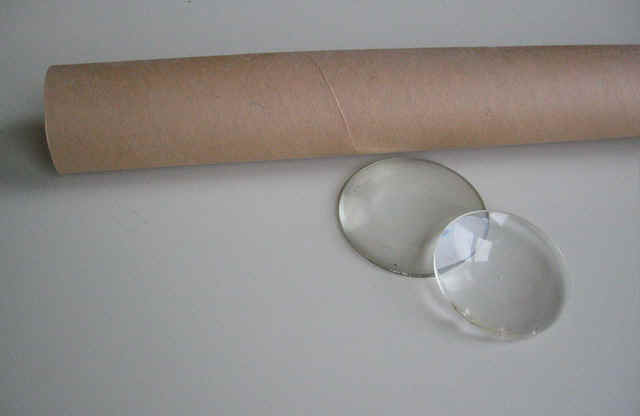
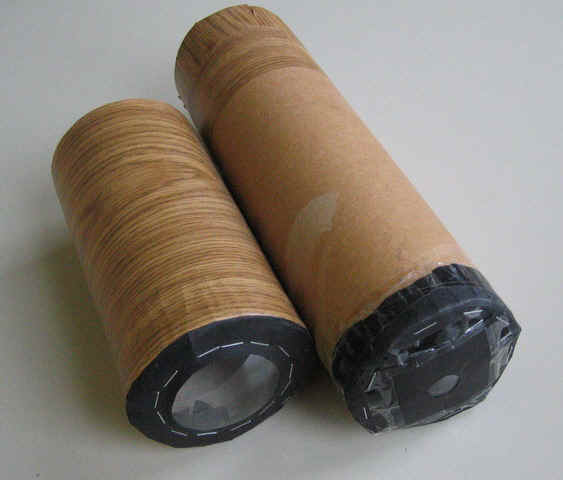
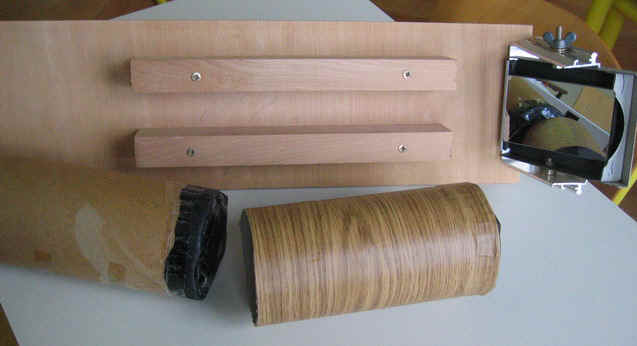
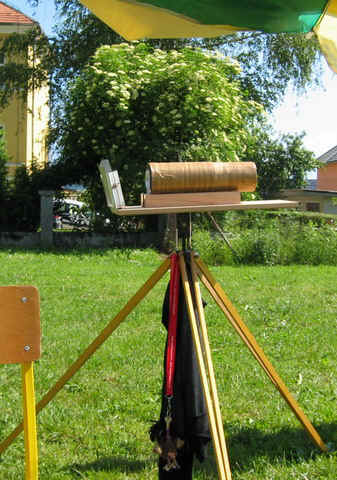
Picture 14:
Preparing of projector for sun
8.2.2.
How
does the projector for sun work
Projector
projects the sun with a mirror through lenses on a white base. We focus the
picture by changing the distance between cylinders. White base must be in a
shade, or in dark place, so the picture is more visible.
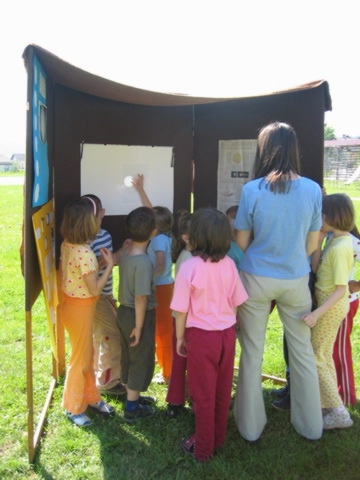
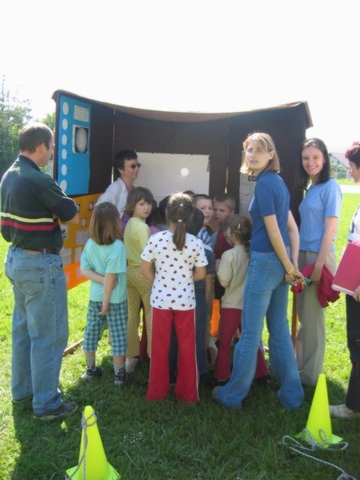
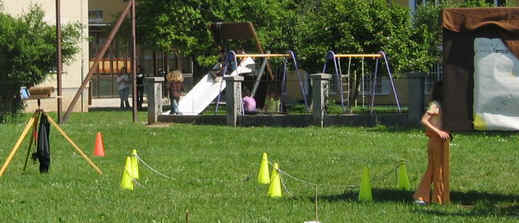
Picture 15:
Observation of the transit with the projector
9.
Results
of the measurement
Measured
times were determined with the observation of the phenomenon on computer
screen. They are written down in UTC.
|
1st
contact |
not
measured |
|
2nd
contact |
05 h |
|
3rd contact |
11 h |
|
4th
contact |
11 h |
Calculation
of astronomical unit summarised by ESO, it compared our recorded times with
other recorded times and gave us the results.
Our result:
AU =
We finished
the observation at 14.30.
10.
Index
of references
Books:
Nicholas
Harris; Neverjetno potovanje
med planete; Tehniška založba Slovenije; 1. natis v Ljubljani; 2000.
Web pages:
http://www.fiz.uni-lj.si/venera2004/index.html
http://www.heavens-above.com/selecttownquery.asp?Session=kebgcedpmdcimpnniolcpjij
Authors
of the photographs are members of
our group.